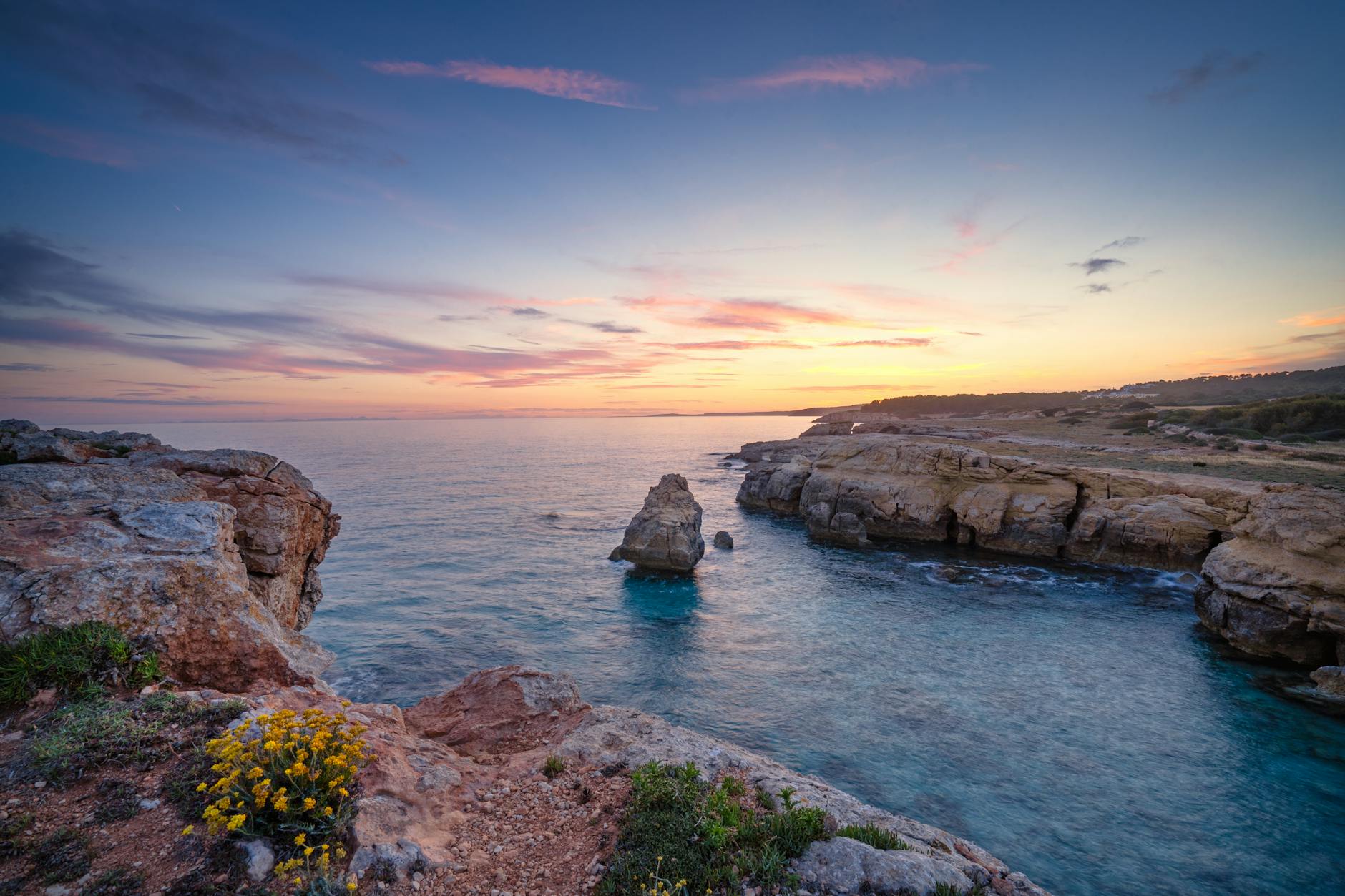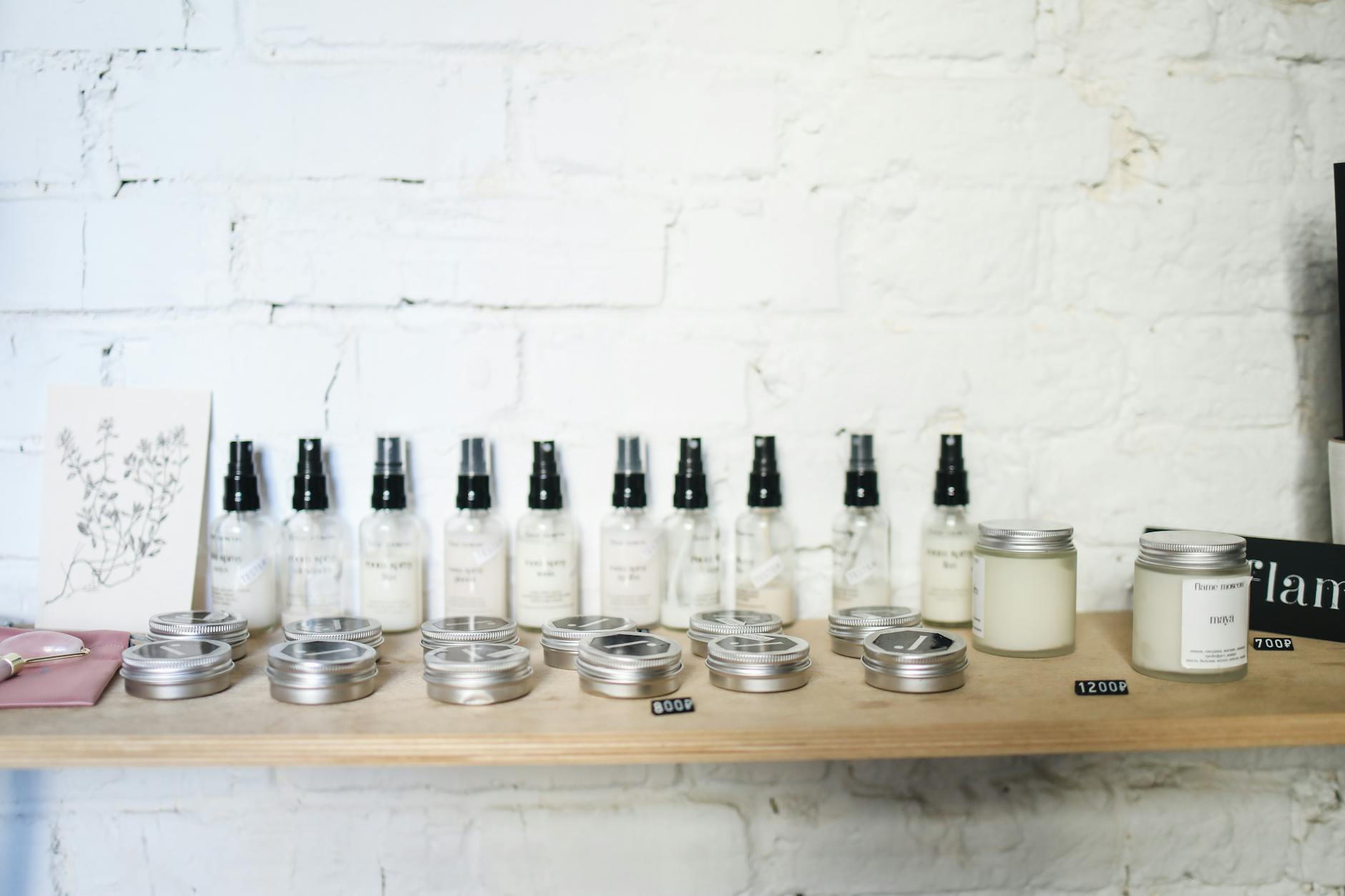How to Protect Your Skin and Australia's Oceans Simultaneously

Skin Health and Sun Protection
Taking care of our skin while enjoying the sun is crucial, especially along the picturesque Brisbane coastline. As an eco-conscious makeup artist with a knack for sustainable beauty, I intimately understand the balance between effective sun protection and environmental responsibility. This means selecting sunscreens that are not only beneficial for our skin but also safe for marine life. A prime choice for the conscious consumer is reef safe sunscreen. Formulated without harmful chemicals like oxybenzone and octinoxate, these sunscreens help preserve delicate marine ecosystems, aligning with sustainability values.
When considering products for young children, baby sunscreen should feature prominently in your routine. These formulations are designed to be gentle while maintaining high UV protection, making them suitable for sensitive skin. In application, consistency is key; apply generously and reapply frequently to ensure continuous protection.
By choosing products that prioritize both human health and the environment, we align with Brisbane's growing awareness of sustainability. Drawing inspiration from local marine science facilities at the University of Queensland, we can better understand the interplay between effective skincare and our role in preserving marine habitats. Armed with this knowledge, we not only safeguard our own skin but also champion a future where beauty and conservation go hand-in-hand.
Impact on Marine Ecosystems
Harmful Ingredients to Avoid
Informed by my studies and experiences around the Brisbane coastline, I've seen the direct effects of harmful ingredients in sunscreen on our precious marine habitats. Many traditional sunscreens contain oxybenzone and octinoxate, which are known to contribute to coral bleaching. When these chemicals wash off in the ocean, they disrupt the growth of coral and affect marine biodiversity.
Understanding Coral-Safe Alternatives
For those passionate about protecting our stunning Great Barrier Reef, shifting to coral-safe alternatives is essential. Natural sunscreen products often use mineral-based ingredients like zinc oxide and titanium dioxide. Unlike chemical UV filters, these sit on the skin’s surface and physically block UV rays, reducing the risk of skin reactions and minimizing their impact on marine ecosystems.
Real-World Examples of Damage
At the University of Queensland’s marine science facilities, research indicates that repeated exposure to harmful ingredients leads to the stunted growth of coral larvae, threatening the reef's future. Such evidence underscores the importance of eco-friendly sun protection, especially for outdoor enthusiasts who frequently enjoy Queensland's beaches. Protecting marine life ensures that these environments can continue supporting the diverse range of species that call them home.
By making informed choices about the products we use, we can enjoy our time under the sun while contributing to the conservation of marine ecosystems.
Selecting Eco-Friendly Products
Identifying Reef-Safe Labels
Navigating the abundance of sunscreen products can be tricky, but looking for the right certifications is crucial for environmental protection. Reef-safe labels indicate formulations free of harmful chemicals like Oxybenzone and Octinoxate, which damage corals. When browsing, check for certifications or statements affirming the product's safety for marine life. Reliable brands often display their reef-friendly status proudly. Queensland's marine habitats offer the perfect backdrop as it’s crucial to ensure the sun protection we use harmonizes with these delicate ecosystems.
Key Natural Ingredients
Incorporating naturally derived ingredients not only benefits your skin but also supports environmental sustainability. Key natural components include zinc oxide and titanium dioxide, which provide broad-spectrum protection without harming the reef. These minerals, alongside soothing agents like aloe vera, offer effective sun defense. An added bonus is their biodegradable nature, ensuring your outdoor routine aligns with conservation efforts. Such ingredients promote skin health while safeguarding the marine environment, making them indispensable in your sun care arsenal.
Balancing Durability and Safety
The harsh Australian sun demands sunscreens that are both enduring and safe. With products like kids sunscreen, you can ensure robust protection while minimising environmental impact. Look for water-resistant options that maintain effectiveness during intense outdoor activities, such as hiking or surfing. Furthermore, considering packaging choices that employ sustainable materials helps minimize waste. Selecting eco-friendly sun care products means appreciating the balance between personal protection and environmental stewardship, enabling a harmonious coexistence with nature.
Educating Others on Conservation
Communicating with Tourists
As an outdoor adventure guide, I recognise the immense responsibility of imparting knowledge about conservation to tourists. Educating them on the importance of eco-conscious practices, such as using reef-safe sunscreens, is vital. When discussing sun protection, I highlight products like zinc sunscreen, emphasising their benefits for both human skin and marine ecosystems. This approach encourages a deeper understanding, as I firmly believe that education is an essential tool in conservation.
Effective Storytelling Techniques
Engaging tourists through storytelling can transform ordinary experiences into impactful lessons. By weaving factual information into compelling narratives, I can foster a connection with the audience that resonates on a personal level. For instance, sharing real-life stories from the Queensland Museum's natural history exhibits can offer tourists a view of conservation through local history. A narrative that links the vibrant beauty of marine life to our choices encourages lasting behavioural changes.
Engaging Audiences through Social Media
Social media platforms offer a powerful avenue to extend the reach of conservation messaging. By creating dynamic content that showcases the importance of responsible tourism, I can engage wider audiences. Approaches like using captivating visuals and authentic stories about my experiences in Cairns can spark interest and conversation. Sharing knowledge about environmentally friendly products and practices attracts followers eager to learn and act, turning education into a meaningful social initiative.
Challenges and Solutions
Enhancing Accessibility
Navigating the world of eco-friendly beauty can sometimes feel like searching for hidden treasures along Brisbane's coastline. It's all about knowing where to look and which sustainable hacks to implement. One of the biggest challenges lies in finding accessible natural beauty products that align with our values. Many products claim sustainability, yet lack transparency. My advice? Dive into resources like the Queensland Museum's natural history exhibits for inspiration on native and sustainable ingredients. Look for brands that openly share their sourcing practices and ensure that their labels are certified by reputable organisations. This not only supports accessibility but also broadens your understanding of what you're applying to your skin.
Countering the Doubts
As eco-friendly enthusiasts, we're no strangers to scepticism. Some folks doubt the efficacy of natural formulations compared to conventional ones. To address these counterarguments, it's essential to lean on reliable data, much like researchers at the University of Queensland's marine science facilities rely on evidence to sustain marine habitats. Sharing studies that demonstrate the effectiveness of reef-safe ingredients can be compelling. Personally, I've witnessed the transformative prowess of nature-based items like zinc oxide for sun protection, which not only shields but also nurtures the skin.
Drawing Strength from Success Stories
Inspiration can be as refreshing as a dip in Brisbane waters, especially when you learn from those who've walked the eco-friendly path. Success stories are powerful tools, showcasing individuals and brands that have made a significant impact on both personal and environmental health. Consider those who have effectively harnessed social media platforms to promote eco-friendly beauty practices. Their journeys echo the resilience and innovation found in nature. By exploring these stories, and even sharing your own, you'll find not only motivation but a community eager to support sustainable change.


